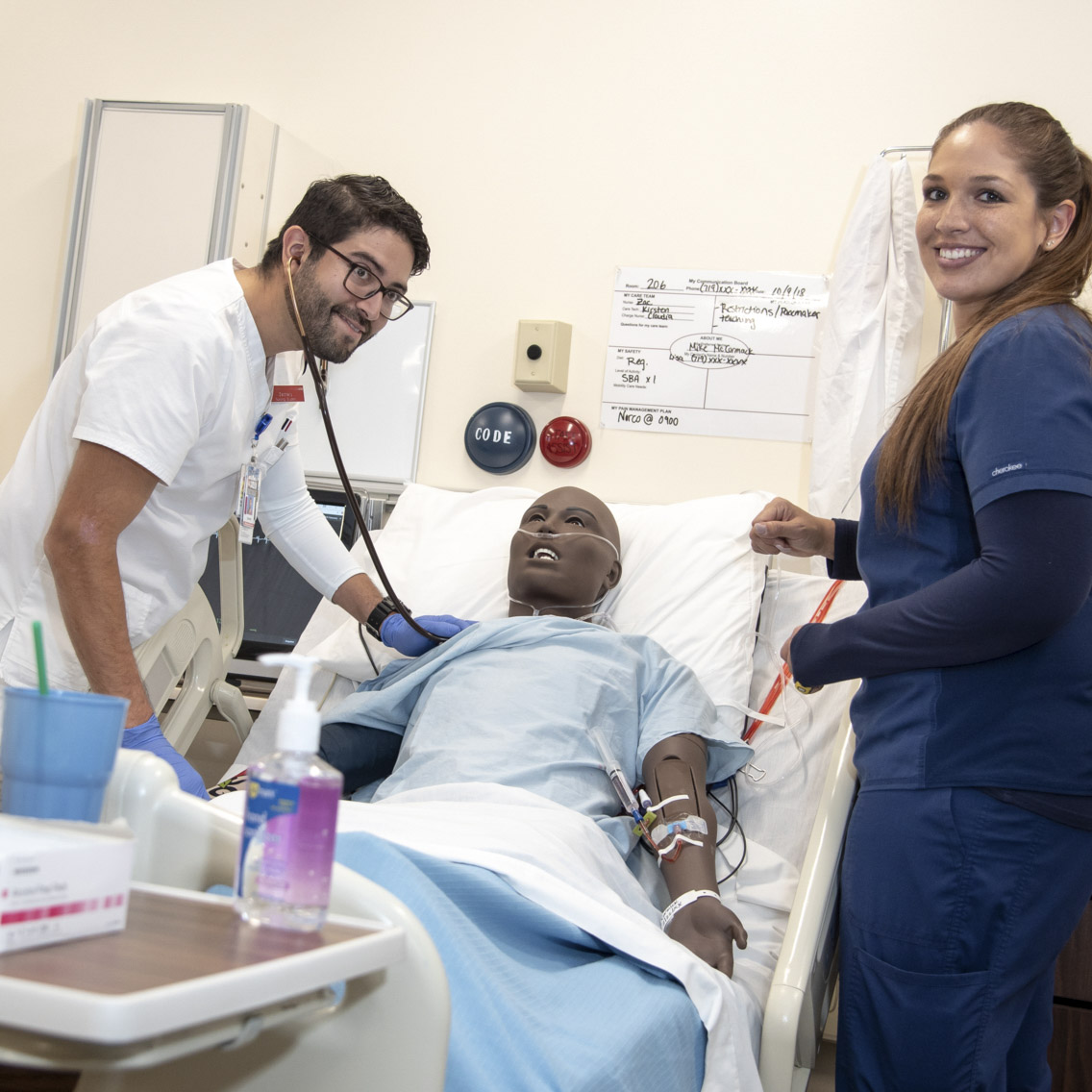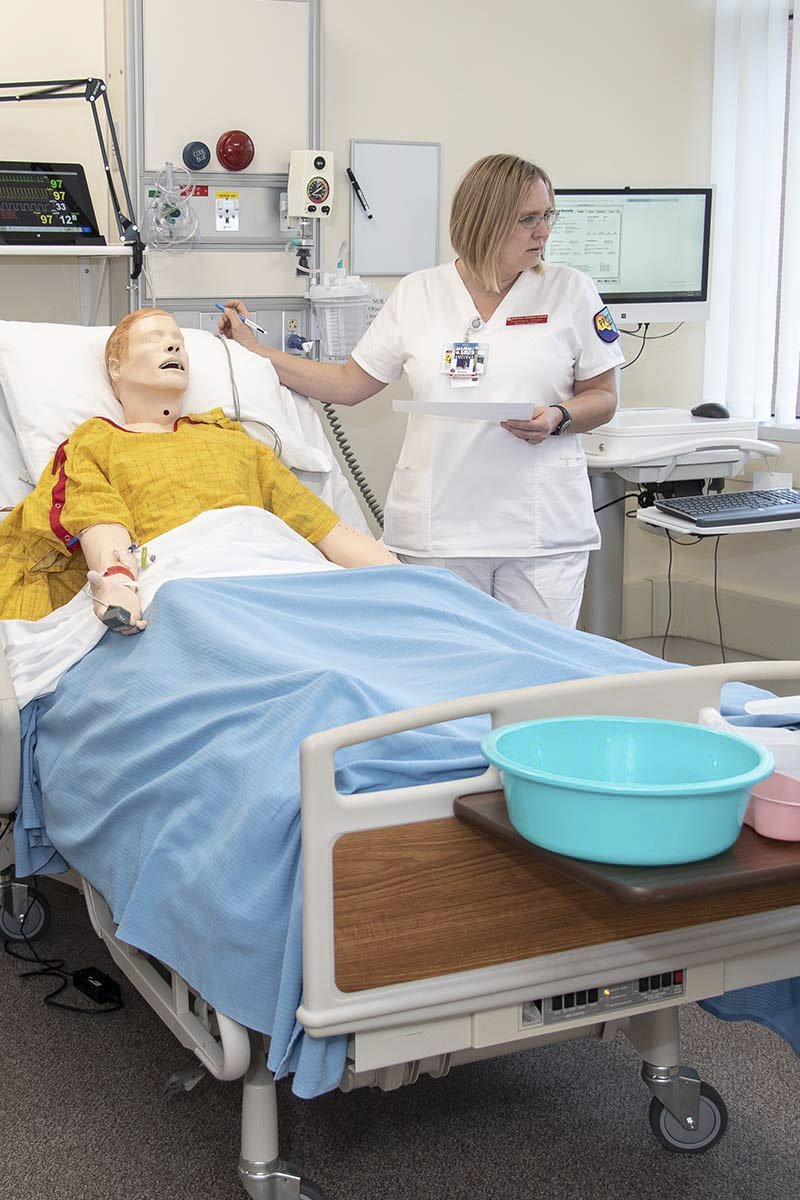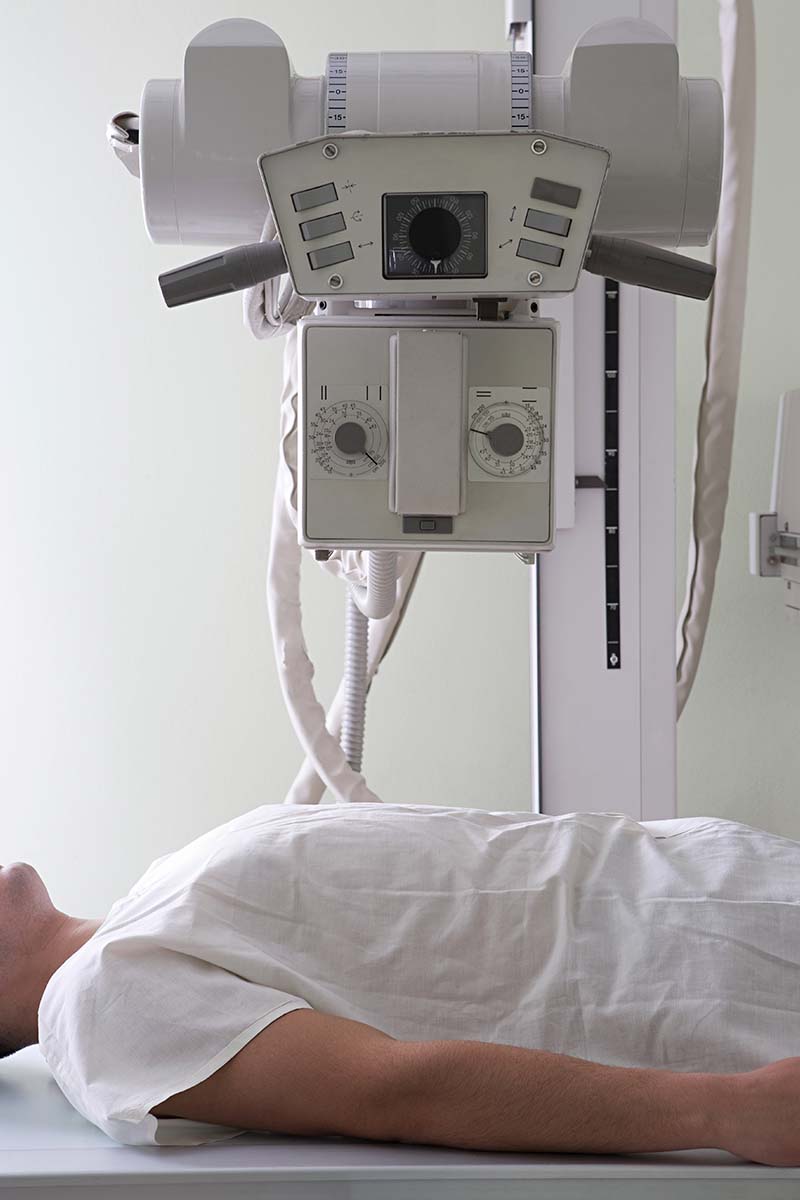
There are literally hundreds of options to work in healthcare. It is easy to get locked into the most common or to become overwhelmed when trying to choose. You may find it helpful to think about healthcare fields in terms of the following basic categories. Each field will differ in details, but fields within a category will share similar educational paths, degrees of competitiveness, amounts of direct patient care, and levels of science/mathematics required. These categories do not represent a hierarchy; they are different careers that call upon different strengths among their practitioners. It is also important to remember that there are significant exceptions in each category.
After you identify the category of health career that you are most interested in, we recommend that you use any of the resources at the bottom of this page to drill down on details of your career choices.
Taking the time to think through what is important to you in a career can be one of the most important things that you do. Reach out to our Career Services for free career advising. But before meeting with them, take the free PPSC Focus 2 Career Assessment to help you explore options. Access code: aardvarks
After you have selected your top career choices in healthcare, download the self-reflection worksheet below. It does not have to be shared with anyone, but your responses can be discussed with your Academic Advisor, Career Counselor, Coach or Faculty Advisors.
"Levels of Patient Care and Responsibility" and "Scope of Practice" are terms used by national and state/provincial licensing boards for various professions that defines the procedures, actions, and processes that are permitted for the licensed individual. The scope of practice is limited to that which the law allows for specific education and experience, and specific demonstrated competency. Each jurisdiction has laws, licensing bodies, and regulations that describe requirements for education and training, and define scope of practice.
The information below has been reprinted with permission of Dr. Ruth Bingham (University of Hawaii-Manoa) and Dr. Beverly Childress (Auburn University).
Meet with your health sciences advisor to start planning your program in Navigate.
This patient contact lists below are not intended to be comprehensive. Feel free to use the resource links at the bottom of the page to look up specific careers for salary and education information.
(P): PPSC Program
Estimated Income Levels:


Do you dream of being an active part of the medical field, but only know about it from what you have heard from friends or seen on television or in the movies? Then perhaps it’s time to do some job shadowing. Job shadowing is a powerful way to come face-to-face with what it takes for the kind of healthcare career you have been thinking of, or perhaps it can simply help you explore a variety of healthcare career options.
Job shadowing is taking the opportunity to observe first-hand what someone in a particular career actually does on a daily basis. You will have the opportunity to ask questions, watch, learn and possibly participate in the work environment.
How is job shadowing different than an internship?
A job shadowing experience does not involve earning credit for college, getting paid for experience nor is it a lengthy time commitment.
PPSC Resources
While PPSC does not have a formal job shadowing program, we want to guide you in how you can move toward job shadowing experiences. Look for opportunities to ask about job shadowing at PPSC career fairs, information sessions and open houses.
Many healthcare sites require a document called an Attestation Form. This is a document that provides confirmation that a student has done background checks and drug testing and is current on their vaccinations/shots and insurance. PPSC students may get this form processed through the Health and Sciences Division and should contact them directly at 719-502-3400. Depending upon site availability, requests may not be approved by host site. Not all sites allow shadowing. Students may not get into the site of their choice due to availability at their requested site.
Patient Privacy
Job shadowing in the healthcare field may have some roadblocks due to Health Information Privacy laws (HIPPA). Some organizations or facilities will not permit job shadowing due to the restrictions regarding patient information or because they do not know you. If you cannot obtain a job shadowing opportunity at one place, you can certainly try to find another organization to explore. Do not be put off from further exploration because one organization or individual says no. You may have greater access by requesting job shadowing experiences from an acquaintance, friend or relative in the field who knows and trusts you.
Some healthcare organizations may require you to sign a patient confidentiality agreement.
How long can/should job shadowing be?
Typically it is a day long. But, if more time is available or offered, it could be longer. Keep in mind that they are voluntarily offering access to their work lives and environments as a service to you.
Do your research. Explore the job requirements and skills through the sources listed above. Explore job postings and their application requirements. Prepare good questions in advance so that you can demonstrate your serious interest in this career.
Start by talking with your friends and acquaintances about opportunities. If you do not have anyone connected to the healthcare field in your circle of friends or family, start by contacting the Human Resources office of the organization in which you wish to job shadow. Identify yourself as a PPSC student and that may open doors for you as well.
Otherwise, after you’ve done your good research, follow the 8 steps from “How to Ask to Job Shadow” by Irene A. Blake, Demand Media
Taking the Opportunity
When you are successful in obtaining a job shadowing experience, prepare well. Dress professionally, make a list of career-appropriate questions, don’t ask about pay and benefits (that comes much later in the job search process), and be respectful and not intrusive. Remember you are there to learn and observe.
Enjoy the opportunity to find out what your career choice in the healthcare field really looks like through valuable job shadowing experiences!
(Sources and further reading: College Foundation of North Carolina)
